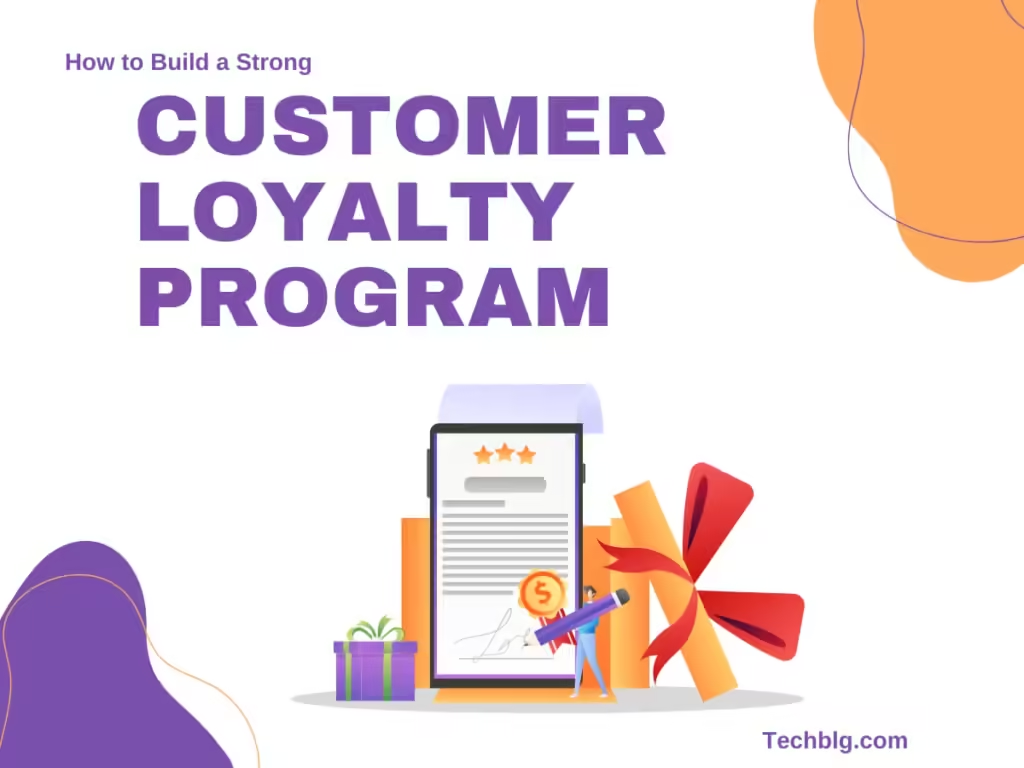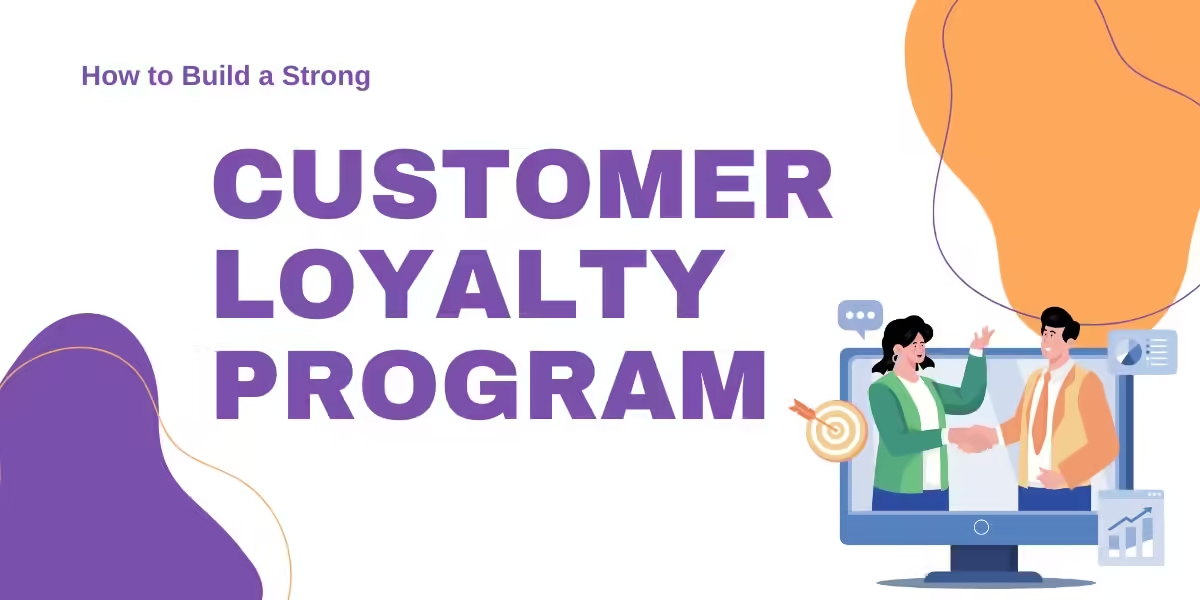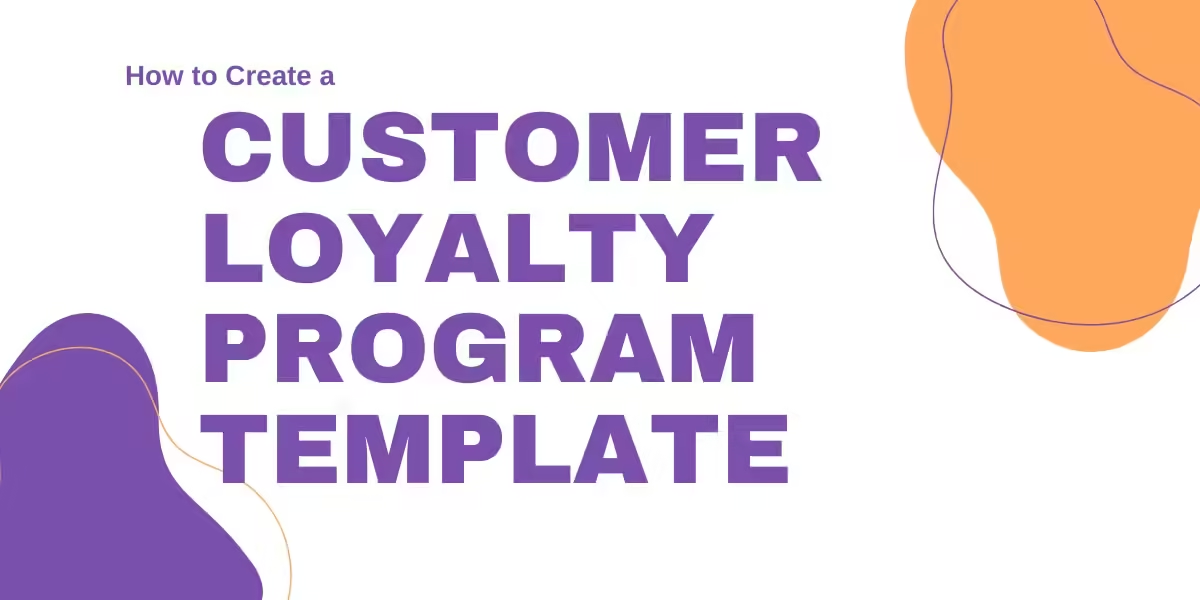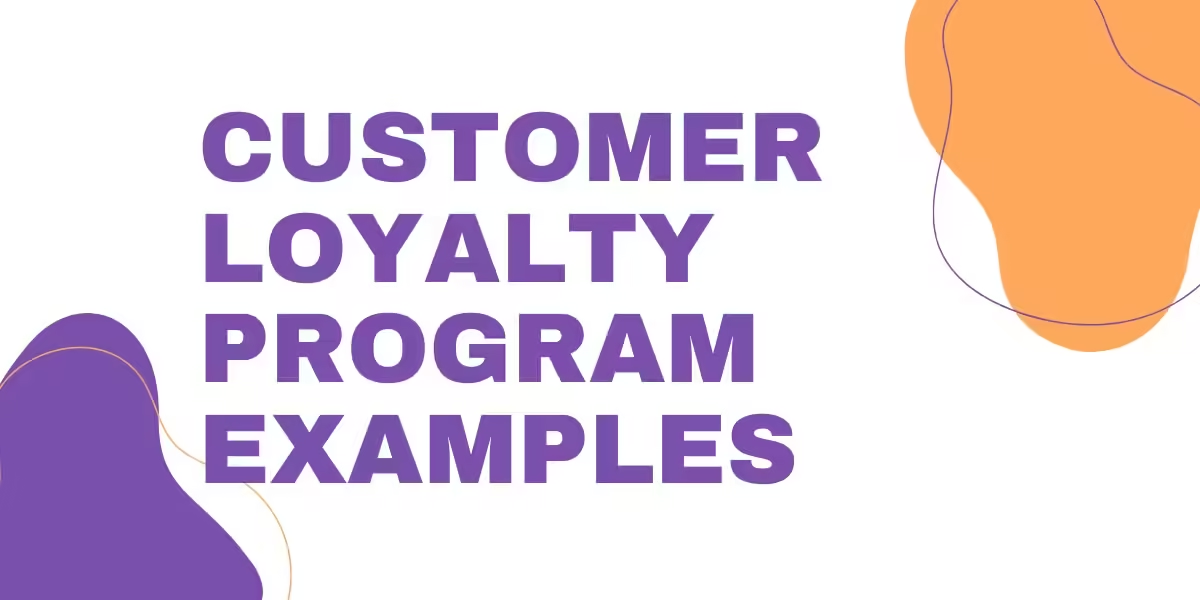Physical Address
304 North Cardinal St.
Dorchester Center, MA 02124
Physical Address
304 North Cardinal St.
Dorchester Center, MA 02124

In today’s highly competitive market,How to Build a Strong Customer Loyalty Program acquiring customers is just one part of the equation; keeping them is another. Building customer loyalty has become increasingly vital for long-term business success, as loyal customers provide repeat business, referrals, and positive reviews that help strengthen brand reputation. A well-structured customer loyalty program is one of the most effective ways to achieve this. But how do you build a strong customer loyalty program? And what steps are involved in creating a customer loyalty program template? This guide will explore these topics in depth, along with examples of successful loyalty programs that have driven business growth.
In a world where consumers are bombarded with countless options, businesses must go beyond offering good products or services to stay competitive. Customer loyalty programs are designed to reward and retain customers by offering incentives that encourage repeat purchases. They serve as a bridge between a one-time buyer and a long-term customer, nurturing a deeper relationship that benefits both parties. This strategy not only drives sales but also reduces customer churn and builds brand advocates. A solid customer loyalty program can be a powerful tool for sustainable growth in 2024 and beyond.
The key to creating a successful customer loyalty program lies in understanding customer needs, providing value, and constantly refining the approach. In this article, we’ll explore how to build a strong customer loyalty program, develop a customer loyalty program template, and highlight real-world examples to guide you in implementing a program that works.

The first step in creating a customer loyalty program is understanding your customers’ behaviors, needs, and preferences. Conduct market research, analyze buying patterns, and use customer feedback to gain insights into what motivates repeat purchases. For instance, do your customers value discounts, free products, exclusive experiences, or personalized rewards?
Understanding the customer journey will allow you to design a loyalty program that resonates with your target audience. For example, if your customers value convenience, you might offer expedited shipping as part of the program. If they enjoy early access to new products, you can make that a reward for loyal members.
Before launching any program, define its goals. What do you want to achieve with your customer loyalty program? Common objectives include increasing customer retention, boosting average order value, encouraging referrals, and building long-term customer relationships. Each goal should be measurable to track progress effectively.
For example, a retail company might aim to increase the frequency of repeat purchases by 20% within six months. Having clear objectives allows you to design a program that aligns with your business strategy and customer expectations.
There are several types of customer loyalty programs, and choosing the right one depends on your business model and customer preferences. Some popular options include:
Each program has its advantages. Point-based programs encourage frequent purchases, while tier-based programs foster long-term loyalty. Paid memberships can offer exclusive benefits that customers value enough to pay for.
Personalization is key to building a strong customer loyalty program. Generic rewards may not resonate with every customer, so tailoring rewards to individual preferences can increase engagement. Use customer data to offer personalized incentives that reflect their buying habits.
For instance, if a customer frequently purchases a particular product line, offer a discount or early access to new arrivals in that category. Personalization shows customers that you understand their preferences and are committed to providing value.
The best customer loyalty programs are simple and straightforward. Avoid over-complicating the process by having too many rules, restrictions, or confusing redemption processes. Make it easy for customers to join, earn points, and redeem rewards.
Simplicity also extends to the user experience. If customers have to go through multiple steps to claim a reward or if the benefits aren’t clearly communicated, they may lose interest in the program. Ensure that the signup process is quick and that the program’s terms are easy to understand.
Even the best loyalty programs won’t be effective if your customers don’t know about them. Use multiple channels—email marketing, social media, in-store promotions, and your website—to promote the program and its benefits. Include a call to action that encourages customers to join, and make sure it’s highlighted at every customer touchpoint.
Additionally, offer exclusive benefits for early adopters to create excitement around the program. Promotions like “Double points for the first month” or “Join now for a $10 welcome bonus” can motivate customers to sign up and start engaging with the program.
Once your customer loyalty program is up and running, continuously monitor its performance. Track key metrics such as customer engagement, retention rates, repeat purchase frequency, and average order value. Use this data to identify what’s working and where improvements are needed.
Don’t be afraid to make changes based on customer feedback or evolving business needs. Loyalty programs should be flexible and adaptable, offering opportunities for improvement as customer expectations shift over time.

Creating a customer loyalty program template is a crucial step in standardizing and structuring your loyalty strategy. A well-defined template serves as a blueprint for implementation, ensuring that all aspects of the program are clearly articulated and ready for execution.
Choose a memorable name for your loyalty program that aligns with your brand identity. Clearly state the program’s purpose and how it benefits your customers. For example, “Loyal Rewards” could emphasize how customers will be rewarded for their loyalty and continued patronage.
Outline the specific rewards and benefits that participants will receive. This section should include:
Clearly state how customers can earn points or move up in tiers. For instance, customers could earn one point for every $1 spent, and upon reaching 100 points, they can redeem them for a $10 voucher.
Determine whether points or rewards expire after a certain period. This encourages timely use of the program and keeps customers engaged. For example, “Points expire 12 months after earning.”
Explain how customers can join the loyalty program. Is enrollment automatic, or do customers need to sign up online or in-store? Make this process as easy as possible.

To understand how to create a successful customer loyalty program, it’s helpful to look at examples of businesses that have implemented effective programs:
Starbucks’ loyalty program is a classic example of a points-based system. Customers earn “Stars” for every purchase, which can be redeemed for free drinks, food, and other perks. Starbucks also offers bonus Stars for promotional purchases and double Star Days, which encourage customers to visit more frequently. The program also provides personalized offers based on customer preferences, such as free birthday drinks.
Amazon Prime operates on a paid membership model, where customers pay an annual fee in exchange for benefits like free two-day shipping, access to exclusive deals, and streaming services. The value of the perks outweighs the cost for many customers, leading to high membership retention rates. This program is a great example of a loyalty model that offers premium benefits in exchange for a recurring fee.
Sephora’s Beauty Insider program is a tier-based system that rewards customers based on their spending. The higher the tier, the better the rewards, including free products, early access to new releases, and exclusive events. The tier structure motivates customers to spend more to unlock better perks, while also fostering long-term loyalty through experiential rewards.
How to Build a Strong Customer Loyalty Program involves understanding your customers, choosing the right program model, and offering personalized, valuable rewards. A well-designed loyalty program can drive repeat purchases, improve customer retention, and create brand advocates who are eager to refer others to your business.
Moreover, learning How to create a customer loyalty program in a company requires careful planning and consistent execution. Start with a clear template, defining the program’s name, benefits, earning rules, and expiration terms. Continuously optimize the program based on customer feedback and business needs to ensure its long-term success.